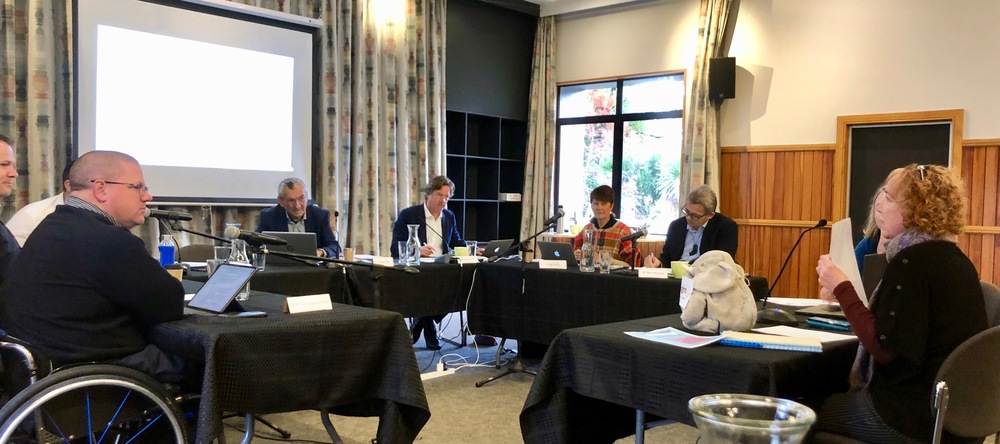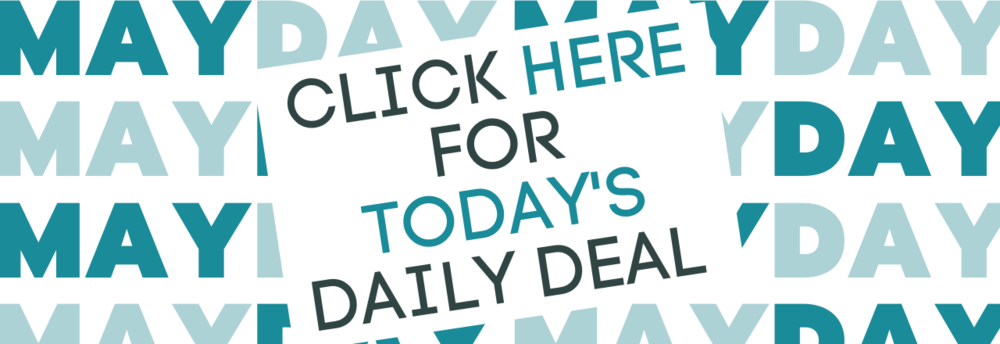Queenstown Lakes spatial plan under fire
Diana Cocks
04 May 2021, 9:02 PM
 The spatial plan considers how the district will grow over the next 30 years.
The spatial plan considers how the district will grow over the next 30 years.Concerned locals gathered at the Lake Wānaka Centre yesterday (Tuesday May 4) to record their dissatisfaction with the draft Queenstown Lakes Spatial Plan.
At public hearings to the spatial plan, submitters were scathing in their disapproval of the draft plan’s consultative process, the omissions and assumptions, unrealistic and unachievable goals, and flawed premises.
Few said they supported it.
The draft spatial plan, which aims to ensure the district “grows well” over the next 30 years, received more than 800 pages of submissions covering issues ranging from active transport, housing affordability and green zones to climate action, sustainable tourism, freedom camping and planned development.
Two who attended the hearings, Nick Page and Peter Marshall, criticised the draft plan’s population growth projections on which all its premises were based, saying the projections woefully underestimated the growth by suggesting an average increase across the district of only 2.1 per cent per year for the next 30 years.
Peter said the average for Wanaka alone over the past five years was 7.87 per cent, and with the introduction of factors, such as Silverlight Studios looking to establish the film industry in Wanaka and potentially bring in another 3000 residents, he saw no evidence to suggest the district’s annual population growth would suddenly drop to 2.1 per cent.
The Queenstown Lakes District Council (QLDC) has a terrible history of underestimating growth, Nick said: “Council is pulling the wool over people’s eyes with these figures. Residents deserve an honest and realistic population projection assessment.”
Rural property owner Mike Garnham said it was time for the QLDC to properly plan for the anticipated growth rather than just react to developers’ ad hoc rezoning applications.
“It’s naive to say or think we’re going to control growth in Wanaka,” he said. “Whether we like it or not, Wanaka will grow; it will develop.”
Several of those who spoke at the hearings were disillusioned with the inadequate consultation process, saying the 2019 workshops were misdirected and “vague” and locals were given only one month to comprehend the hefty draft plan and create a submission.
Being allocated only five minutes in which to make their presentation to the hearings panel was further evidence of the poor consultative process, they said.
“This has not been a robust, open and transparent approach to consultation on plans for our district’s future,” Wanaka Stakeholder’s Group spokesperson Mark Sinclair said. “This process does not meet the requirements of the Local Government Act or the key principles of good consultation.”
He said the spatial plan doesn’t take into account the revocation of the Wanaka Airport lease which effectively resets the scene to 2017 and that a “placeholder” regarding the airport’s future should be inserted into the draft plan until “robust discussions” between the community and council were completed.
Other submitters spoke about the draft plan’s theme of “growing well” and its underlying assumption that communities wished to continue to expand.
Hāwea Community Association chair Cherilyn Walthew said Lake Hāwea’s current urban boundary was designed to cater for the town’s growth for the next 30 years, so there was “no justification” for the draft plan’s “future growth area” identified south of Cemetery Road.

HCA chair Cherilyn Walthew makes her submission to the panel at last Tuesday’s draft spatial plan hearings in Wanaka, with a stuffed “elephant in the room” representing Wanaka Airport.
She also said it was “ridiculous” to create a 30 year plan without considering a new future for Wanaka Airport, saying: “The outcome of the airport is intrinsically linked to the common aspirations of the community [regarding]... diverse economy, public transport, consolidated growth and sustainable tourism.”
Silverlight Studio’s Mike Wallis said Wanaka was selected for the proposed development of a film park because it was considered to be “a great fit” and a place they could call home and grow with the township.
He said the studios supported the draft plan as it matched their own plans to grow in a sustainable manner while ensuring Wanaka remained a nice place to live.
Former transport forum member Trevor Tattersfield said the suggested “mode shift” from private vehicles to active and public transport was both unrealistic and unachievable, citing “terrain, distances and weather” as major factors which would inhibit such a move away from cars for the majority.
The hearings panel will consider all the submissions and make recommendations to the Partnership (which includes QLDC, central government and Kāi Tahu) on any changes or updates to the draft spatial plan.
The final spatial plan will be presented to council for adoption next month and is scheduled to come into effect from July 1 this year.
PHOTOS: Wanaka App






